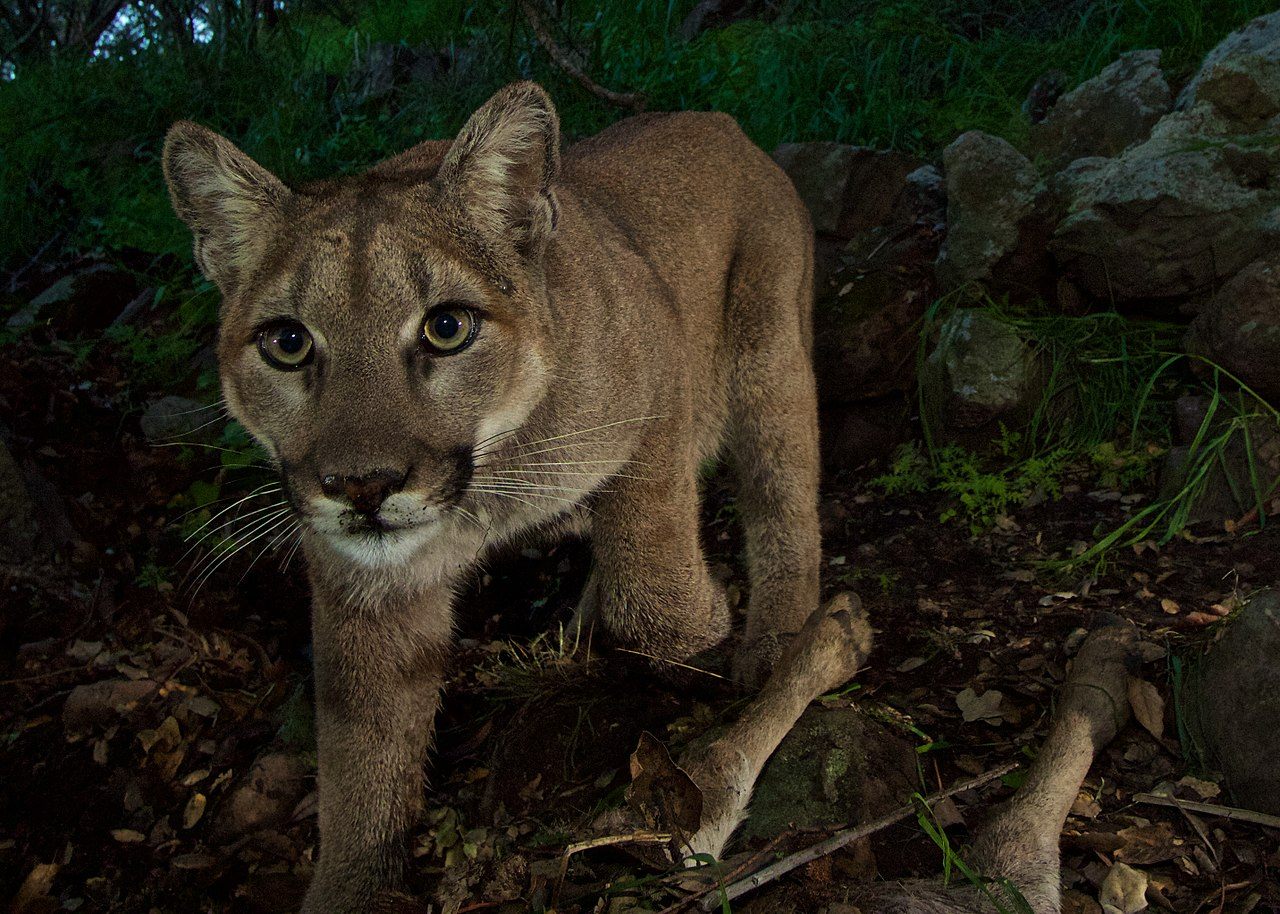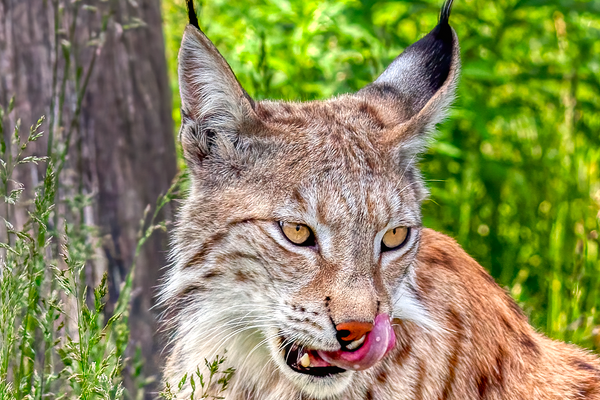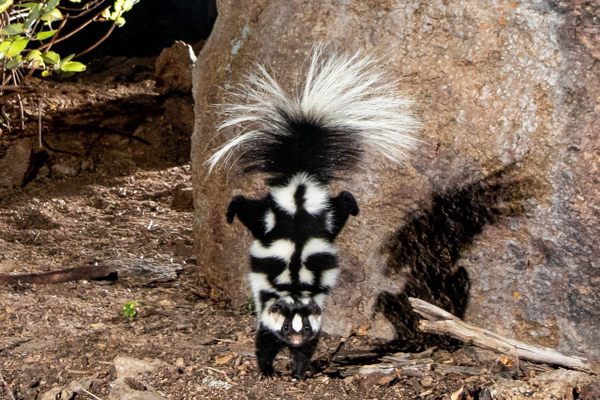How Puma Leftovers Help Shape the Forest Ecosystem
They feed loads and loads of beetles, in addition to foxes, bears, and more.

A male elk can weigh in at 700 pounds or more—over three times the size of a male puma. Yet pumas—also known as mountain lions—are extraordinarily strong and crafty, and can take down large game, such as elk and mule deer, that they can’t possibly eat on their own. We’re not supposed to bite off more than we can chew, but the puma’s habit of doing just that can be an ecological boon. In addition to providing food for scavengers such as bears, foxes, and birds, their leftovers provide a windfall for hundreds of beetle species.
“Most of the focus around mountain lions is typically related to state management objectives,” says Josh Barry, a graduate researcher with Panthera, a global wildcat conservation organization that conducted a study, led by puma researcher Mark Elbroch, examining the impact of puma hunting habits. Researchers in places such as preserves are typically asked to document the prey killed by the big cats report back to the state management offices. “With this research in particular, Mark thought, why not ask questions while we’re at it, as opposed to just recording the kills,” Barry says.
In previous studies, Elbroch had already documented dozens of large vertebrates—wolves, foxes, black and grizzly bears—that feed on carrion left by pumas. He also grew interested in the insect populations attracted by their kills. The researchers studied a total of 18 elk and mule deer carcasses killed by pumas in Bridger-Teton National Forest in Wyoming, returning weekly over the course of six months from May to October 2016 to check beetle traps and observe how populations shifted over time. They collected more than 24,000 individual beetles belonging to 215 different species from the bodies of puma prey—greater numbers and diversity than found in surrounding areas. The results show that pumas as more than predators: They’re “ecosystem engineers,” researchers write in the study, published in the journal Oecologia.

Different beetles came to feast at different stages of decomposition. A decaying carcass releases volatile organic compounds, or VOCs, like those released when gasoline is burned or perfume is sprayed, which change over the course of decomposition. This allows specific beetles—some of which can detect carrion from five miles away with the help of VOCs—to know when the meat has reached the stage of decomposition that best matches their evolutionary appetite. It’s a win-win, ensuring that a variety of ecological niches are filled, and the carrion gets cleared away, in a process that usually takes around two months, from kill to skeleton.
The northern carrion beetle, the most commonly sighted beetle in the study, is attracted to fresh meat, and bullies other beetles who come by for a bite. Hide beetles, on the other hand, such as the cosmopolitan blue-boned beetle, come to a carcass much later, to feed on dry skin and scraps. There are also predatory beetles that follow the others in order to prey on them, or other critters. Snails are attracted to the blood-moistened soil around a carcass, and they are in turn preyed on by snail-hunter beetles. Orange-and-black burying beetles form meat-fueled family units. They pull away a chunk of carcass and cover it with dirt. They then lay their larvae below the ground with it, so that when their young hatch, they have a ready food source so they can grow into healthy adults.
Many predators prefer to pick their prey clean, but pumas spin a finely constructed web of relationships that seems to feed the entire forest.





























Follow us on Twitter to get the latest on the world's hidden wonders.
Like us on Facebook to get the latest on the world's hidden wonders.
Follow us on Twitter Like us on Facebook